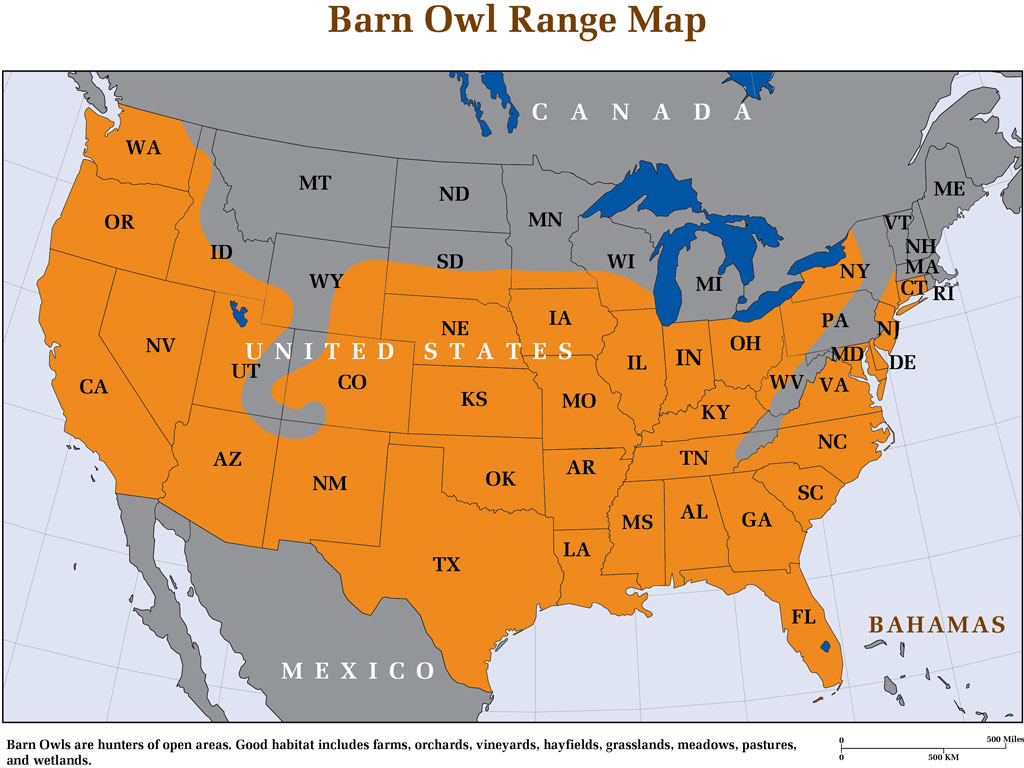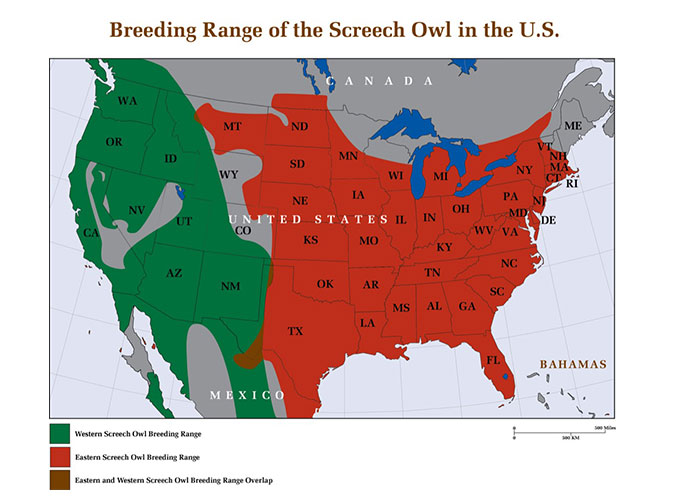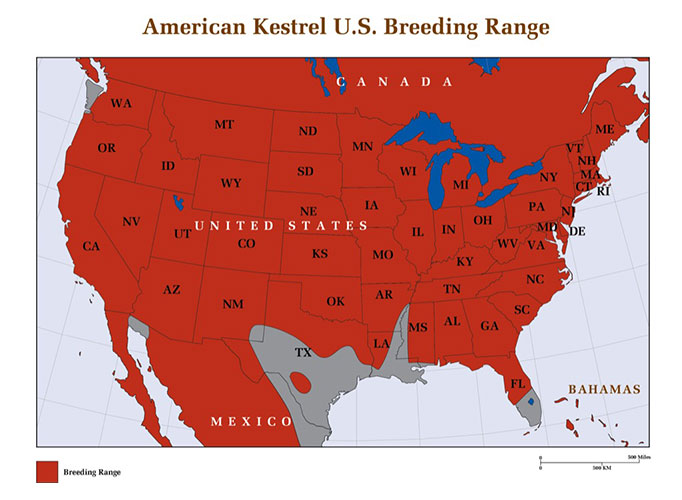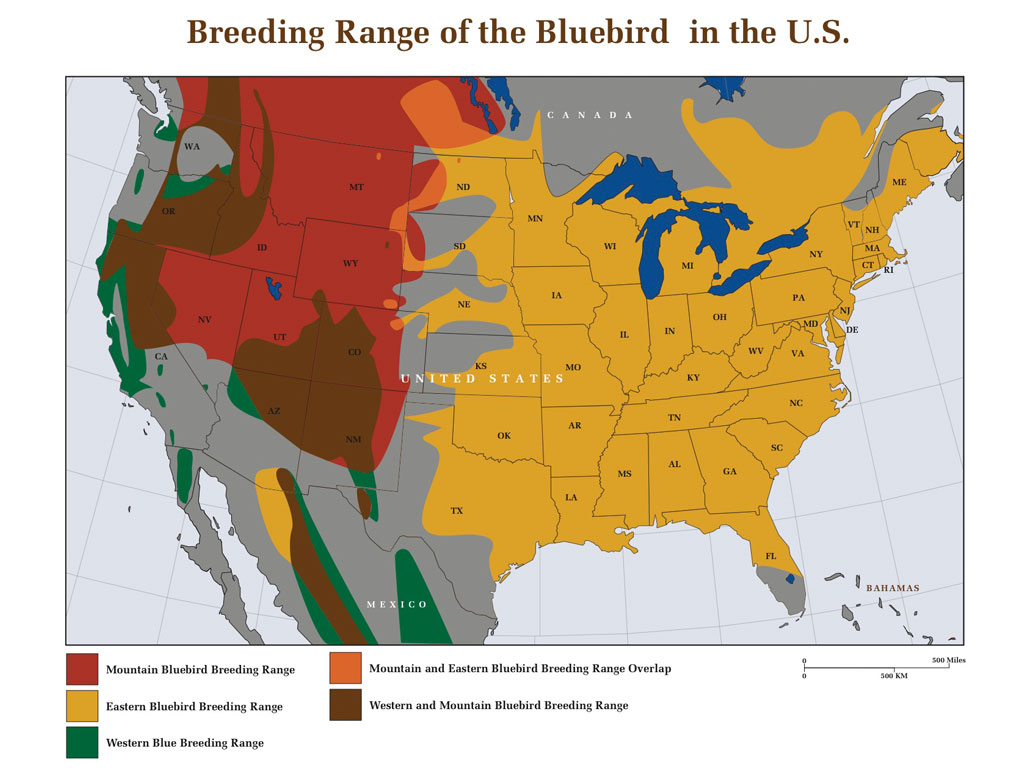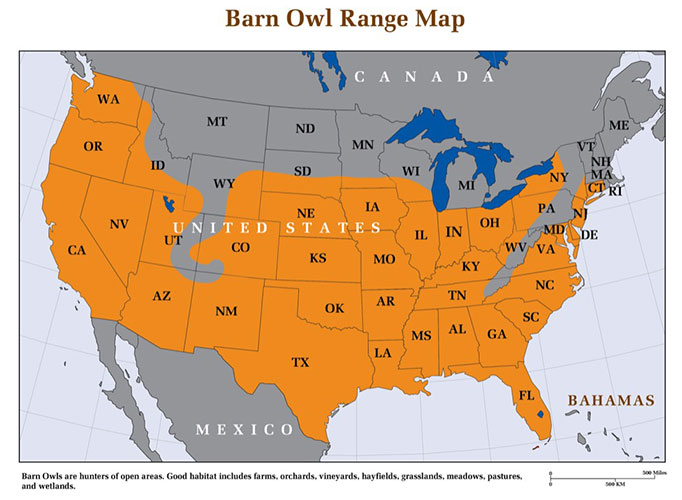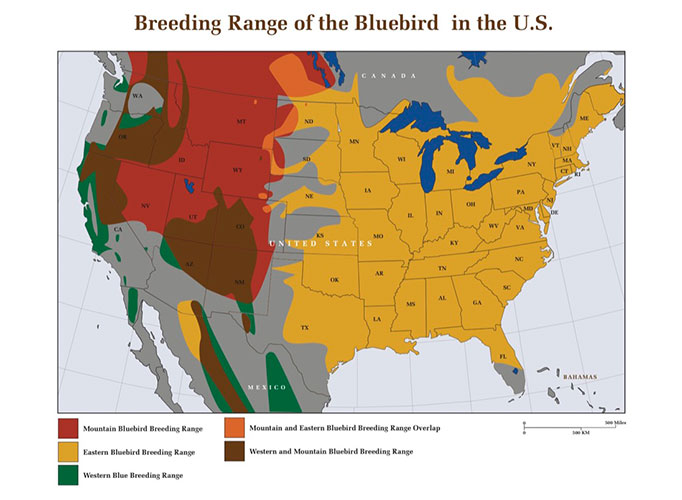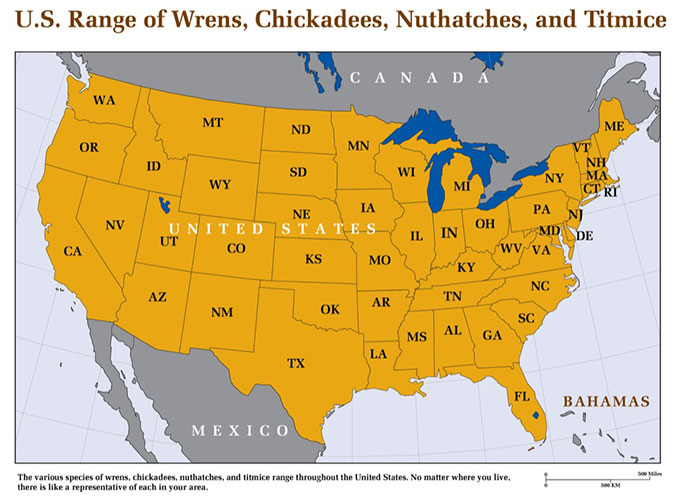Free Shipping to the Contiguous United States
Wyoming Barn Owls
Barn Owls in Wyoming Wyoming is one of those states where there is simply not enough information to build an accurate picture of barn owl populations. The Wyoming Breeding Bird Atlas shows most observations of barn owls and confirmed nest…

